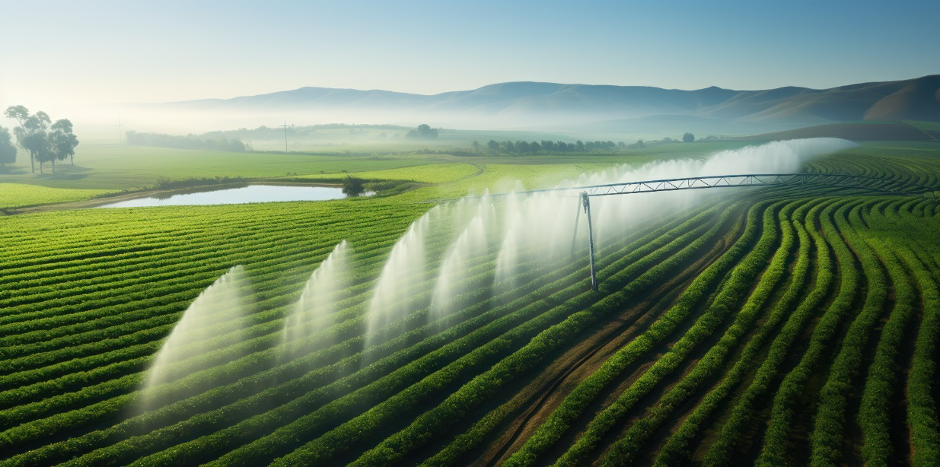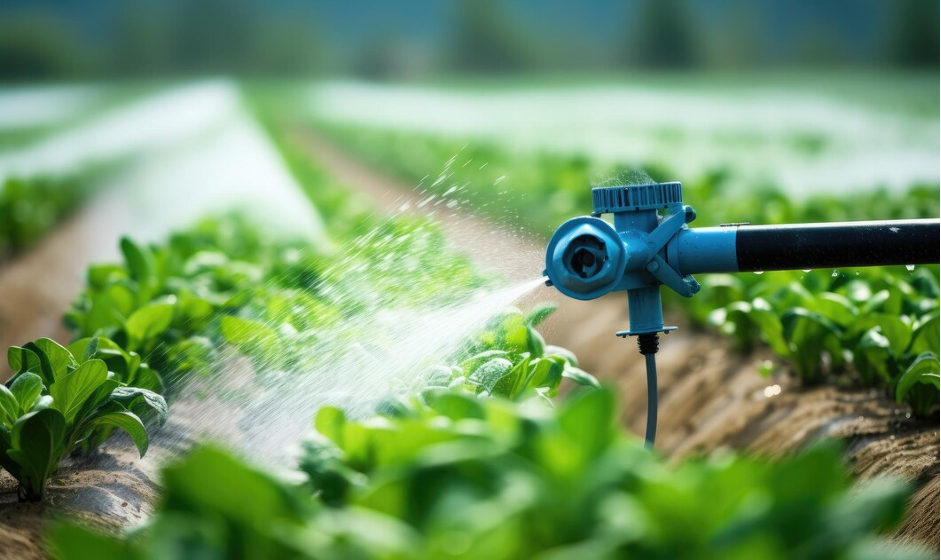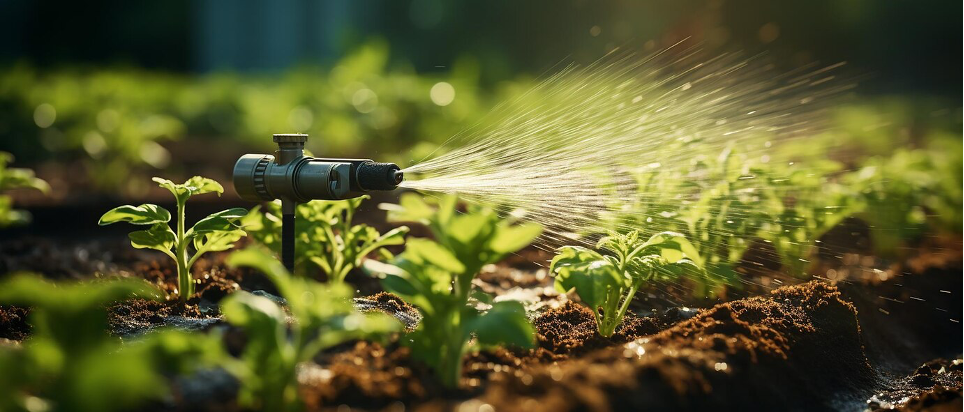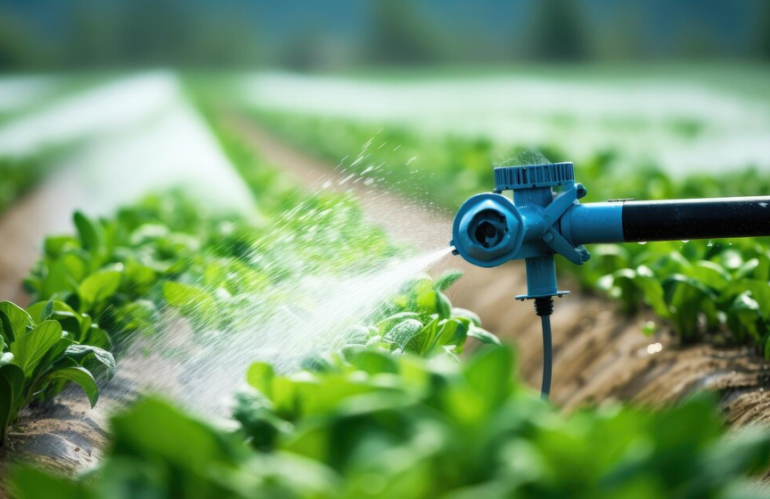The precision irrigation system is a smart system that is capable of sensing and controlling the distribution of water in agriculture. Real-time data, automation, and AI (artificial intelligence) contribute tow the optimization of water use in such systems and at the same time allow optimal crop health. Main aspects are soil moisture sensors, automatic valves, water level tracking, weather integration, and data visualization & AI Predictions. The soil moisture sensors provide exact information for allocating just the appropriate amount of water, and valves can be adjusted to control them individually for specific zones. Water level monitoring contributes to plants’ irrigation and incorporate weather into the irrigation plan that adjust schedules based on weather conditions. The AI based system can recognize irrigation needs, build predictive models and dynamically fine-tune irrigation systems through the analysis of data. Overall, the precision irrigation strategies are the tools of achieving the sustainability of farming and high productivity in agriculture sector.
Features Overview:
- Soil Moisture Sensors:
These sensors can directly measure the soil moisture content, which offers the time-based information.
Benefits: It offers following benefits.
- Accurate Irrigation: Water your plants only when the soil actually needs it.
- Resource Efficiency: Reduce water and chemical usage.
- Sustainable Farming: Promote the use of green practices.
2) Automated Valves
Automated Valves offer several benefits such as:
- Improved Process Efficiency: Automatic valve improves accuracy of process controls and excludes risk of human error. They control precisely the flow rate of service fluids thus facilitate the operation.
- Enhanced Safety Standards: Automation of process valves constraints the involvement of humans in the industrial, comercial and household activity of fluids.
This way, manual handling is minimized, thereby improving the efficiency of valves in general.
- Water Level Monitoring
Tracking the water level in the tanks essentially provides the best water conditions for the plants. Such as:
- Prevent Over-Irrigation: Ensure that you do not use up too much water.
- Optimize Usage: Ensures that crops have required amount of water.
- Resource Conservation: Sustainable water utilization.
- Resource Conservation: Efficient use of water.
- Weather Integration
Weather information for irrigations scheduling makes irrigation scheduling to be effective and essential. How it helps?
- Adaptive Scheduling: Rainfall forecasting and temperature pattern charts to use for irrigation scheduling.
- External Conditions Alignment: Implements a better irrigation management.
- Smart Decision-Making: Responsive to changing patterns of weather.
- Data Visualization
- Use charts on the Cloud to monitor:
- Average Irrigation Time: Understand system performance.
- Water Consumption: Track usage patterns.
- Watering Prediction: Next Expected Time for watering.
- Benefits:
- Optimization Insights: Visualize trends and make informed decisions.
- Use charts on the Cloud to monitor:
- AI Predictions:
The precision irrigation system has the capability to predict and adapt to how watering is required. Based on AI algorithms, its checks historical data, spot the patterns, and forecast irrigation needs for the next time. Here’s how AI enhances our system - Pattern Recognition: AI algorithms learn to identify typical soil moisture, weather and crop parameter data.
- Predictive Models: AI trains on prior data then calculates the proper irrigation periods to avoid water wastage.
Dynamic Adjustments: An intelligent irrigation system is able to adjust water applications in a real-time interval according to AI predictions which usually result in effective water consumption.
Conclusion:
This Precision irrigation system has a combination of latest technology for effective use of water distribution. Utilizing moisture sensors for soil, automated valves, water level monitoring, weather integration, and keeping the data visualized, it forecasts efficient, environmental, as well as productive watering schedules.




